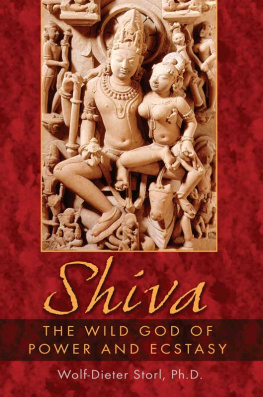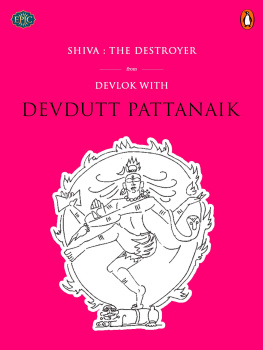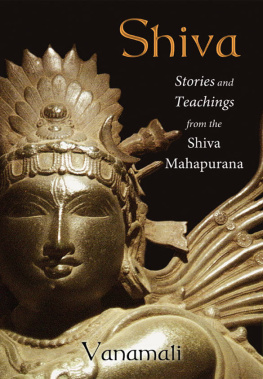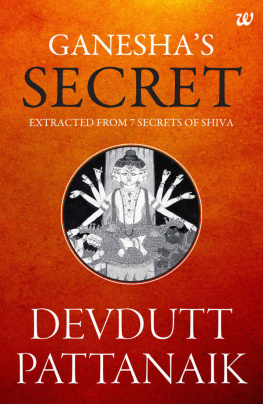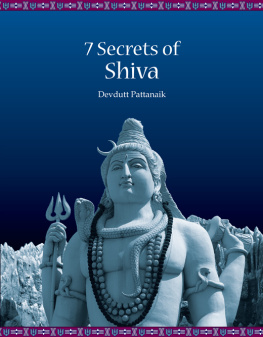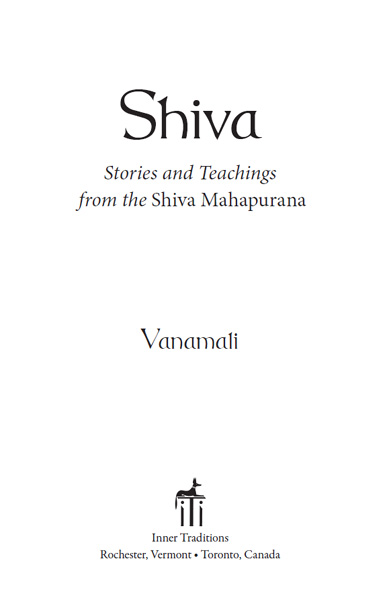
Aum Mrityunjayaya Namaha!
The recompense that a son makes to the mother who bore him is to make people exclaim, What austerities did this mans mother perform to beget such a son!
THIRUKKURAL BY THIRUVALLUVAR

Dedicated to my beloved son Janardan,
with all my blessings

Aum Jagatpitre Namaha!
In youth, the venomous snakes of sound and sight,
Of taste and touch and smell,
Fastened on my vitals and slew my discrimination.
Alas! My heart, bereft of the thought of Shiva,
Swelled in arrogance and pride!
Therefore, O Shiva!
O Mahadeva! O Shambho!
Forgive me, I pray, my transgressions.
Now in my old age, my senses have lost the power of proper judgment and action.
My body is weak and senile from afflictions,
But even now, my mind, instead of meditating on Shiva
Runs after vain desire and hollow discussions.
Therefore, O Shiva! O Mahadeva! O Shambho!
Forgive me, I pray, my transgressions.
I bow to Him who bestows on the sages direct knowledge of ultimate Truth.
I bow to the teacher of the three worlds,
Dakshinamurthy, the Lord Himself,
Who dispels the misery of birth and death.
ADI SHANKARCHARYA

Aum Shivaya Namaha!
Foreword
The Vedas present the cause of the entire jagatthe material worldas Mayin, wielder of maya, who does not come under the spell of maya, or cosmic illusion. The Mayin is MaheswaraLord of all. Not only is he the intelligent cause of the jagat, but he is also in the form of the jagat. Space, time, and everything in space and time are his manifestations and therefore not separate from him. He is therefore both father and mother of the universe. Every form is his form and he can be invoked in any given form. If you look at this Maheswara from the point of view of any manifest force or law, he becomes a devata (deity). If you give a name in Sanskrit to this devata, the name will be descriptive of the form. Thus the name Vishnu means that the Lord is all-pervasive. The name Brahma means the one who is infinite and all-embracing. The name Rudra means the one who is the cause of tears, in that he causes actions to bear fruit, and also the one who removes all tears. In any of the names and forms of worship, you can invoke the Maheswara as the one who is the cause of manifestation, sustenance, and dissolution.
In the Shiva Purana the whole lila (play) of Maheswara is presented in a style that offers readers a scope to explore and discoverone gets to know what it takes to be almighty. An insight into every virtue in its infinite measure is unavoidable as one goes through any Purana. The author, Vanamali, presents the Lord as one who is invoked as Shiva, as depicted in the Shiva Purana. The authors devotion to the Lord imbues her pen with facility of expression, helping the reader to discover the glories of the Lord and inspiring devotion. As the author is a recipient of the Lords blessings, and by using these blessings to present the glories of the Lord, she once again receives the Lords blessings in abundance.
SWAMI DAYANANDA
DAYANANDA ASHRAMA
RISHIKESH
Aum Namashivaya!


Aum Panchavaktraya Namaha!
Introduction
Trayambakam yajamahe sugandhim pushtivardhanam, Urvarukamiva bandanath, Mrityor mukshiya-mamritath.
I worship the fragrant, three-eyed one in hopes of being granted perfect health, release from the coils of mortality as effortlessly as a ripe gourd falls from its stalk, and immortality.
YAJUR VEDA
Puranic literature springs from a deep need in the heart of the human being for fulfillment. It plumbs the depths of our psyche, which cradles an unconscious and indescribable longing for the Supreme, and reveals the most fantastic images and concepts that have baffled the mind of contemporary man. Those who have been brainwashed by modern scientific preconceptions, whose imaginations have been stifled by strict adherence to a truth limited by what the senses can perceive, may find it difficult to read the Puranas and understand their deep insight into human nature. But those whose intellects have not been stunted by such constricting notions will delight in the absolute freedom of expression and amazing flights of imagination to which the human mind can soar. What must be remembered is that the forms of the gods are not mere flights of fancy, but are meant to reveal the many facets of truth that are not perceivable to the five senses. These five senses are limited at best and deceitful at worst, for their primary aim is to conceal a truth that is incomprehensible to them. The modern worldview knows only heat and motionenergy that burst forth in the Big Bang some fourteen billion years ago and expanded into a system of galaxies that are disintegrating from a state of maximum heat and concentration to a state of cold stillness and fragmentation over a vast period of time. Life and consciousnesswhich has no special significance in this view of the cosmosare secondary phenomena that will pass into the cold ambiguity of death in this meaningless dance of the elements. The scientific outlook is quite skeptical about ultimate values. There is no purpose, no plan in the universe, and intelligence itself is only a by-product of matter, condemned to perish over the course of time. For one who is convinced of this view, the Puranas will be only a source of amusement, because what modern mind can believe in oceans of milk and five-headed gods?
The Puranic view of creation, unlike the modern scientific view, has its basis in the will of the Supreme Being. The ancient sages, or rishis, of India knew that matter is only a derivative of consciousness and contains within it the fundamental knowledge, or seed, of its own inner spiritual potency, just as the whole of the mighty banyan tree is contained in its tiny mustardlike seed. There is an invisible field of energy that precedes and underlies all that we can see. The entire field of visible objects is only a projection of this energy, which is unmanifest and not within the grasp of our five senses. The rishis were well aware of this. Lord Krishna calls this field avyaktha, or the Unmanifest from which all manifestation has sprung.
Beyond even avyaktha is the vast field called chidakasha, or the field of consciousness that has the power to create. This field is also called Shakti, or the creative aspect of the Divine. It is the feminine principle that is capable of all action and creation, hence it is known as the Divine Mother. The universe and all the phenomena of material life cannot really be called a creation, but a projection of the Divine Consciousness that appears inert, but which is actually pulsating with life. The creation is not a creation by someone of something out of nothing, but a projection of that which has eternally existed. Science may have discovered many physical and chemical laws that govern the universe, but it has yet to discover those transcendental laws that are fundamental to it. These eternal spiritual laws are inherent in nature.



